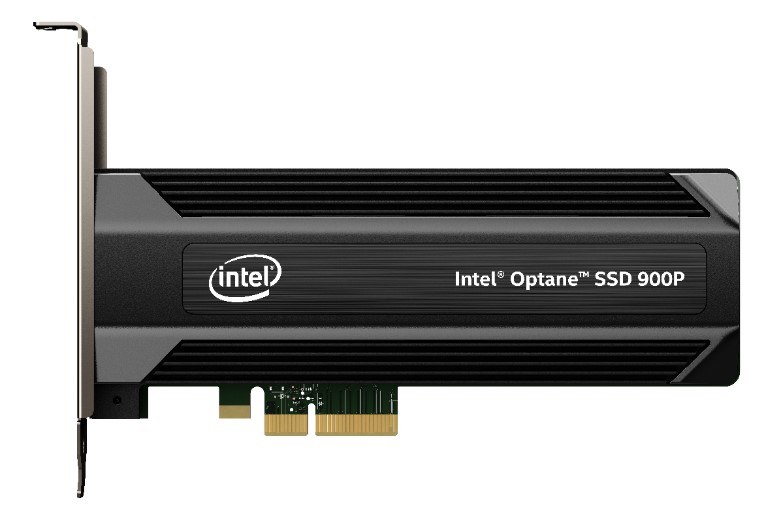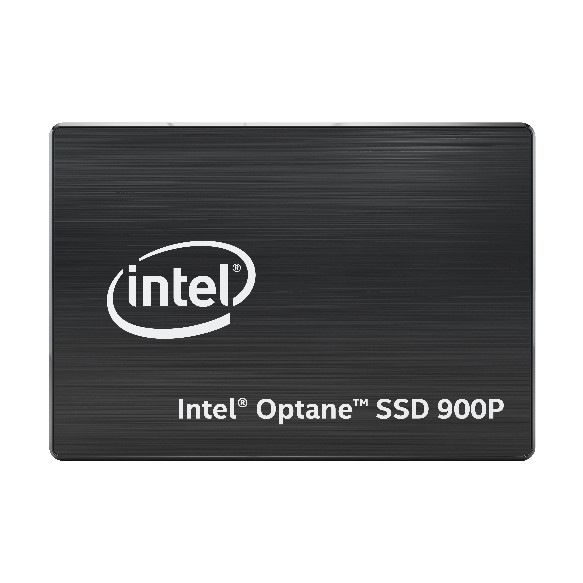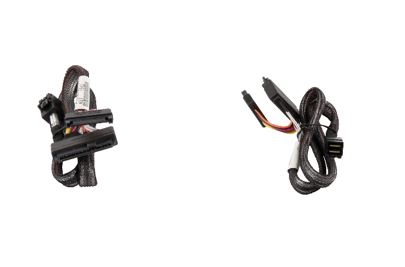System Requirements for an Intel® Optane™ SSD 900P Series Drive
Content Type: Product Information & Documentation | Article ID: 000025741 | Last Reviewed: 03/18/2022
The PCI Express* (PCIe*) Intel® Optane™ SSD 900P Series is based on the NVMe* standard with Intel® Optane™ technology. Successful use of the Intel Optane SSD 900P Series as a boot device requires NVMe* hardware, BIOS, and driver support.
Two hardware form factors available
| Form Factor | Image |
| Intel® Optane™ SSD 900P Series Add-in Card (AiC), Half Height, Half Length (HHHL) The HHHL comes with the full height bracket installed and a Half Height bracket in the box. |  |
| Note | Two U.2, 2.5 inch retail box options are available depending on what cable your motherboard or system supports for NVMe* devices. See what’s in the box. |
| Form Factor and Accessories | Image | ||
| Intel® Optane™ SSD 900P Series U.2 2.5 inch 15 mm height drive |  | ||
| [Retail Box Option 1] Includes U.2 (SFF-8639) to SFF-8643 Adapter cable
|   | ||
| [Retail Box Option 2] Includes U.2 (SFF-8639) to M.2 Adapter cable |  |
Basic requirements
To use as a bootable drive, you need:
| Note | Other OS supporting these requirements may function properly, but we have not validated them yet. |
| Note | OS that contains a native NVMe* driver should also work, but the Intel NVMe driver is preferred for Windows. |
To use as a secondary data drive, you need:
| Note | Other OS supporting these requirements may function properly, but we have not validated them yet. |
| Note | OS that contains a native NVMe driver should also work, but the Intel NVMe driver is preferred for Windows. |